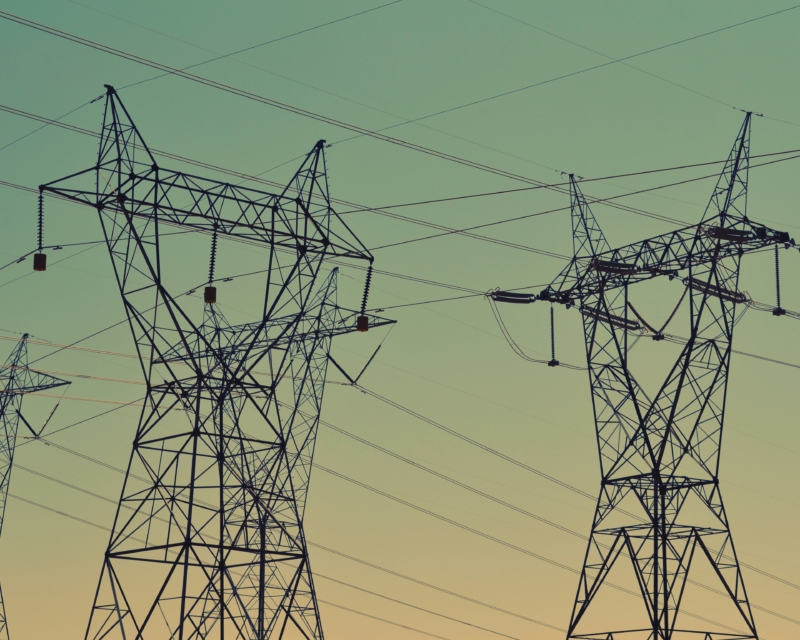The Hidden Cost of Heat: Summer Heating Bills Burn a Hole in Consumer Wallets
As temperatures soar and air conditioners hum in overdrive, another unwelcome consequence of summer heat is burning a hole in consumers’ wallets: skyrocketing heating costs. While many might assume that energy costs peak in the winter, for those living in regions experiencing scorching summer temperatures, the story is starkly different.
Wyoming, in particular, stands out as a cautionary tale. According to a recent analysis by WalletHub, Wyoming tops the charts for the highest energy bills in the nation. With total energy costs for consumers in the state sitting at a staggering $1,591, it’s clear that managing household budgets is becoming increasingly challenging. The state leads in two critical categories: monthly motor fuel costs, which average $278, and monthly home heating oil costs, which come in at an eye-watering $1,087. These figures underscore a growing burden on Wyoming residents, where the cost of staying cool and mobile is becoming untenable.
Interestingly, Wyoming’s exorbitant energy expenses are somewhat balanced by lower costs in other areas. The state ranks 45th for monthly electricity costs and 13th for monthly natural gas costs. This disparity highlights the complex and uneven landscape of energy expenses, where some relief is found amidst overall high costs, but not enough to offset the significant financial strain.
Contrast this with New Mexico, which boasts the lowest total energy bill at about $376. The stark difference between the states illustrates the uneven impact of energy costs across the country, with some regions faring far better than others. While New Mexico residents might enjoy relatively manageable energy expenses, those in states like Wyoming are grappling with bills that consume a significant portion of their income.
According to the U.S. Energy Information Administration (EIA), the average U.S. residential electricity price rose by 6.2% in 2023 from the previous year. This increase, though seemingly modest, adds up quickly, especially in states already struggling with high energy costs. The cumulative effect of these rising expenses is a growing financial burden on American households, many of which are already stretched thin by inflation and stagnant wages.
The impact of high heating costs extends beyond mere financial inconvenience. For many, it means making tough choices between cooling their homes and other essential expenses. It means facing the sweltering heat with inadequate cooling, risking health and safety. It means cutting back on other necessities to keep the air conditioner running, creating a cycle of hardship that is difficult to break.
As we move further into an era of climate unpredictability, the issue of energy affordability is likely to become even more pressing. Solutions must be sought at both the policy and community levels to ensure that all Americans, regardless of where they live, can afford to keep their homes comfortable without sacrificing other aspects of their well-being.
In the meantime, the sweltering summer months will continue to be a season of financial strain for many, a reminder that the true cost of heat goes far beyond the thermostat.






